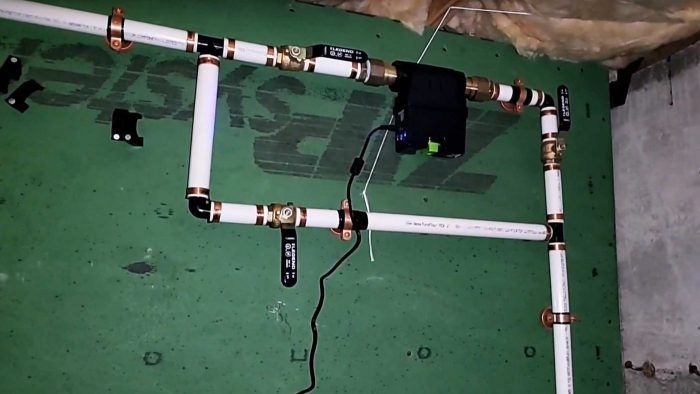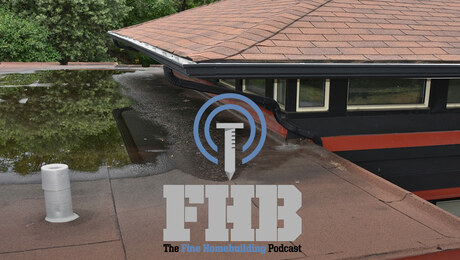Prevent Water Leaks During Construction
Bryan Uhler explains how Flo by Moen gives him peace of mind about preventing major water leaks during a build through its sensor and shutoff system.

In about 45 years at Pioneer Builders, Inc., we’ve only had a handful of water leaks, the worst of which involved an insurance claim of more than $100,000. That was back in the ’90s, so you can imagine what the repair costs would be today. It was a three-level home for sale, and a toilet failure on the upper level flooded the house, which resulted in us having to gut much of the home. An experience like that can understandably cause a builder or homeowner lingering anxiety about future leaks.
Today, we have leak-detection systems that weren’t available back then, and we recently installed one such system—Flo by Moen. This unit shuts off the water supply if it senses an irregular water event that indicates a water leak. Think of it as roughly equivalent in principle to an electrical circuit breaker that shuts down the power when it senses an irregularity in current.
I know there’s been water shutoff devices in the industry for a while, but it was the addition of the “Local Mode” by Moen that piqued my interest. With this option, the shutoff valve can protect the home during construction without the need for a wireless internet connection. (And in a new-construction home, it’s unlikely that there will be a wireless internet connection.) All that’s required is a pressurized water line and an active electrical receptacle. Other water-shutoff systems work by sensing a leak at a specific water fixture such as a refrigerator or dishwasher. Flo can also be expanded to include these options if the homeowner would like extra protection.
Flo has three sensitivity settings while in local mode: high, medium, and low. Each setting senses gallon consumption, flow rate, and total time of flow. If any of these parameters are met, the valve closes. As an example, when Flo is set to the highest sensitivity, the valve will close if one of the following three parameters are met: 10 total gal. consumed, 5 gal. per min. for 10 or more seconds, or 5 total min. of water flow. Selecting either medium or low sensitivity simply changes those parameters to allow for more use.
We installed additional valves and water lines to be able to bypass the device or service it as needed. This additional step wasn’t listed in the instructions, but it made sense to us to think and plan for serviceability and how to keep a water supply flowing to the house in case the device stopped working. One thing to keep in mind and something we’ve learned during our first Flo installation: You need to be prepared for the system to “trip” during certain construction activities. Using a hose during a concrete pour, washing off the house, and similar activities are likely to cause the valve to close, but bypassing the Flo unit is easy enough.
I plan on protecting all my builds with a Flo. If you decide to install a Flo on your project, make sure you buy one that’s the same size as your supply line. At about $550 for a 1-in. unit plus the cost of installation, I think it’s an inexpensive way to prevent a catastrophic situation and improve my peace of mind. And as an added sales incentive, once your customer moves in, they may be eligible for a break on their homeowner’s insurance premium. You can buy the Moen Flo at Ferguson Plumbing Supply stores.
Photos courtesy of Bryan Uhler
RELATED STORIES
























